Caution
High Hazard
Extreme
Increased Stingray Activity
Active/Upcoming Event
Hoʻokipa Beach Park
Water Temperature
...
Wave Height
...
Wind
...
Hoʻokipa Beach Park, the original home of contemporary surfing on Maui, is one of the island's best-known shoreline landmarks. Maui Agriculture leased the land for the park to the County of Maui in 1933 and in a land exchange conveyed title to the Territory of Hawaiʻi in 1947. The name Hoʻokipa means "hospitality." Probably the foremost promoter of the park's fame not only on Maui but throughout Hawaiʻi is a beautiful song that is today a Hawaiian standard. It was written by Alice Johnson, who because of her beautiful voice is still called "the Songbird of Maui." In 1936, while Alice was singing with the Royal Hawaiian Band, her family moved from Lower Paʻia to Kuʻau. In 1937, after returning to Maui, she and her sister decided to walk over and have a look at the park in their new neighborhood. A close family friend was the park keeper, and when the two young girls arrived, their friend had just finished her lunch. Then she lay down on the lawn under a tree and fell asleep for the remainder of her lunch hour. At that time there were many trees and a wide white sand beach fronting the park's present seawall. The serenity and beauty of the setting inspired Alice to write the song she entitled "Hoʻokipa Park Hula."
The surf offshore from Hoʻokipa Beach Park provides surfers with waves almost all year round, as the reefs pick up both summer and winter swells. The most spectacular waves, however, occur during the winter and often reach heights of ten to fifteen feet. This tremendous surf is some of the best on Maui.
amenities

Metered Parking

Picnic

Restrooms

Showers
activities

Kiteboarding
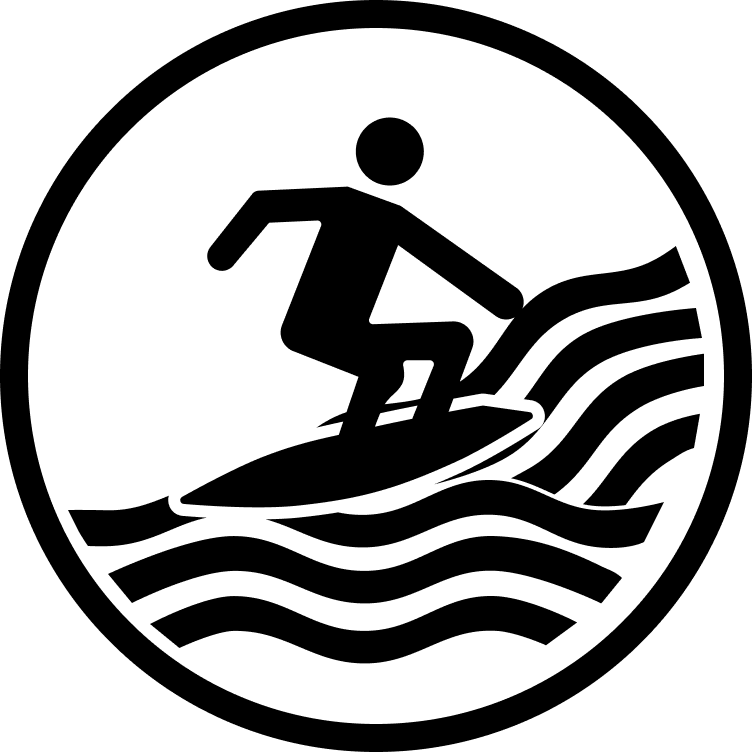
Surfing

Swimming

Windsurfing
prohibitions

No Alcohol

No Camping
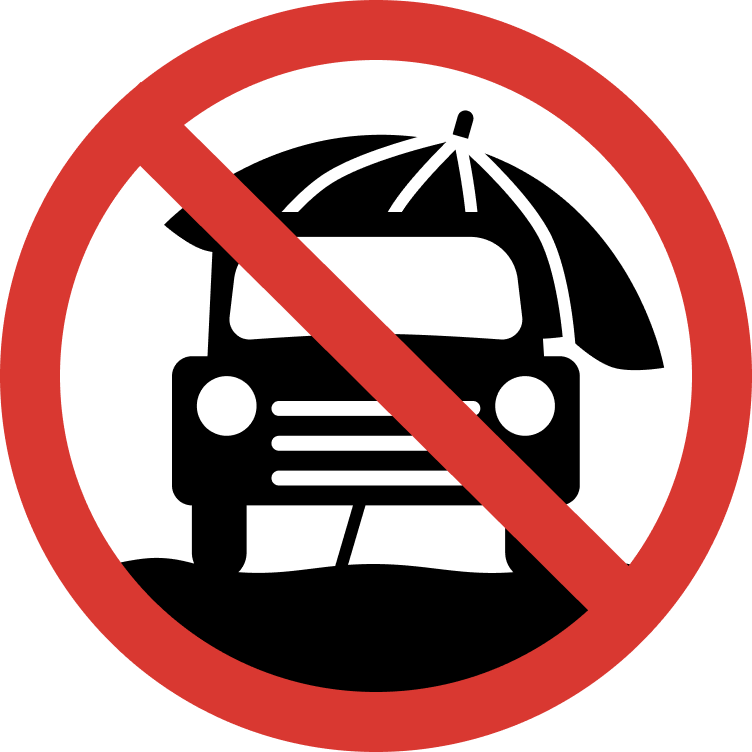
No Cars on Sand

No Fire Pits

No Smoking
hazards
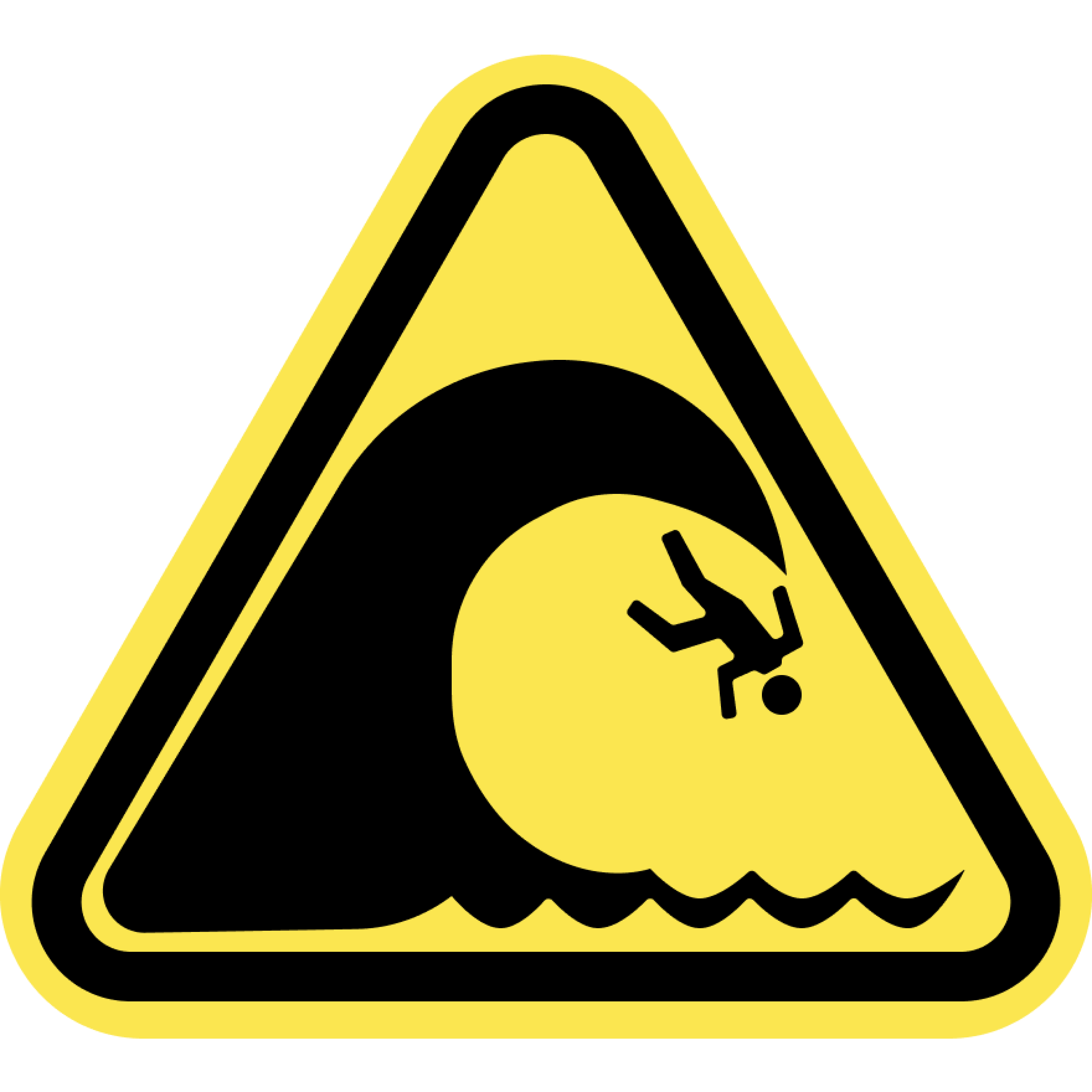
High Surf
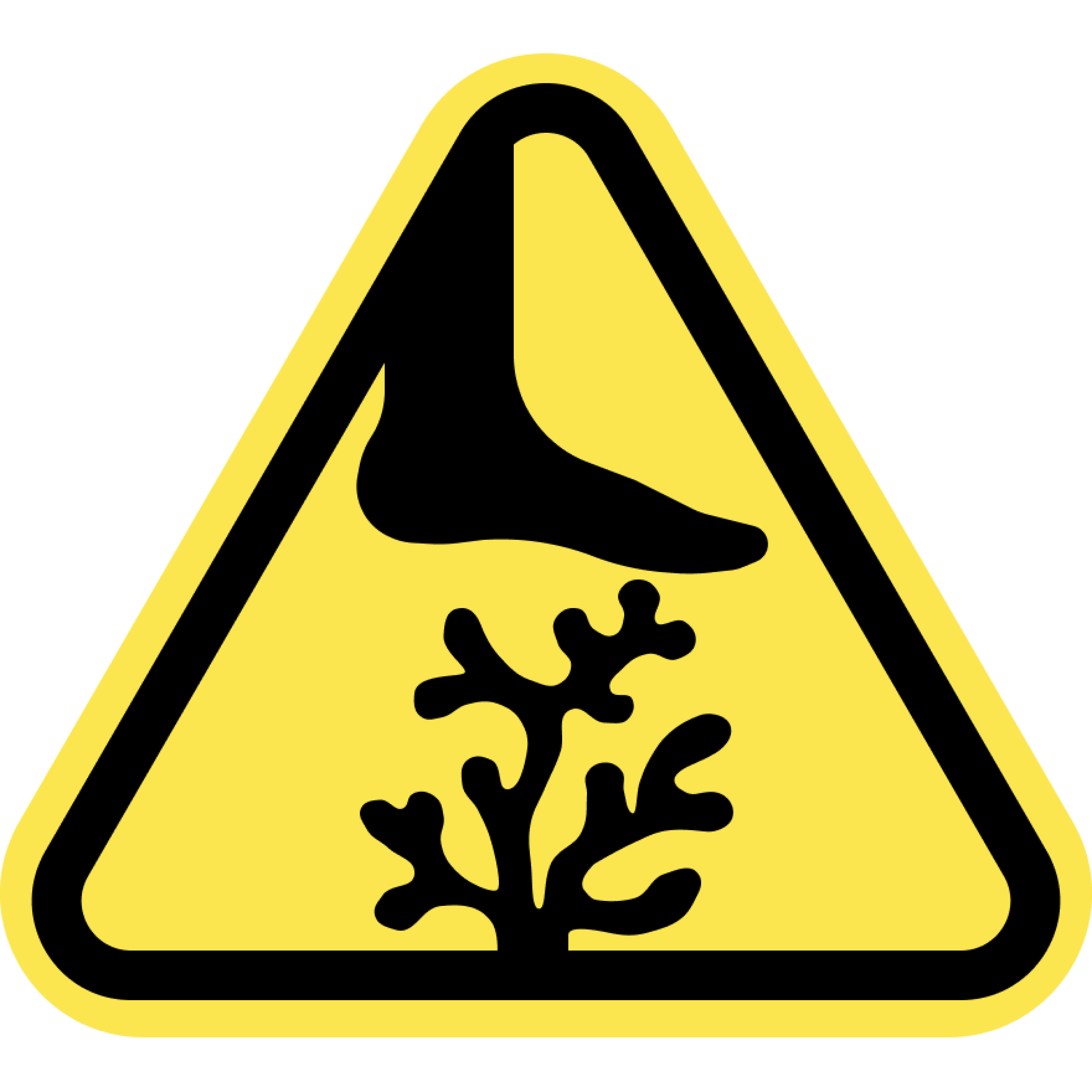
Sharp Coral
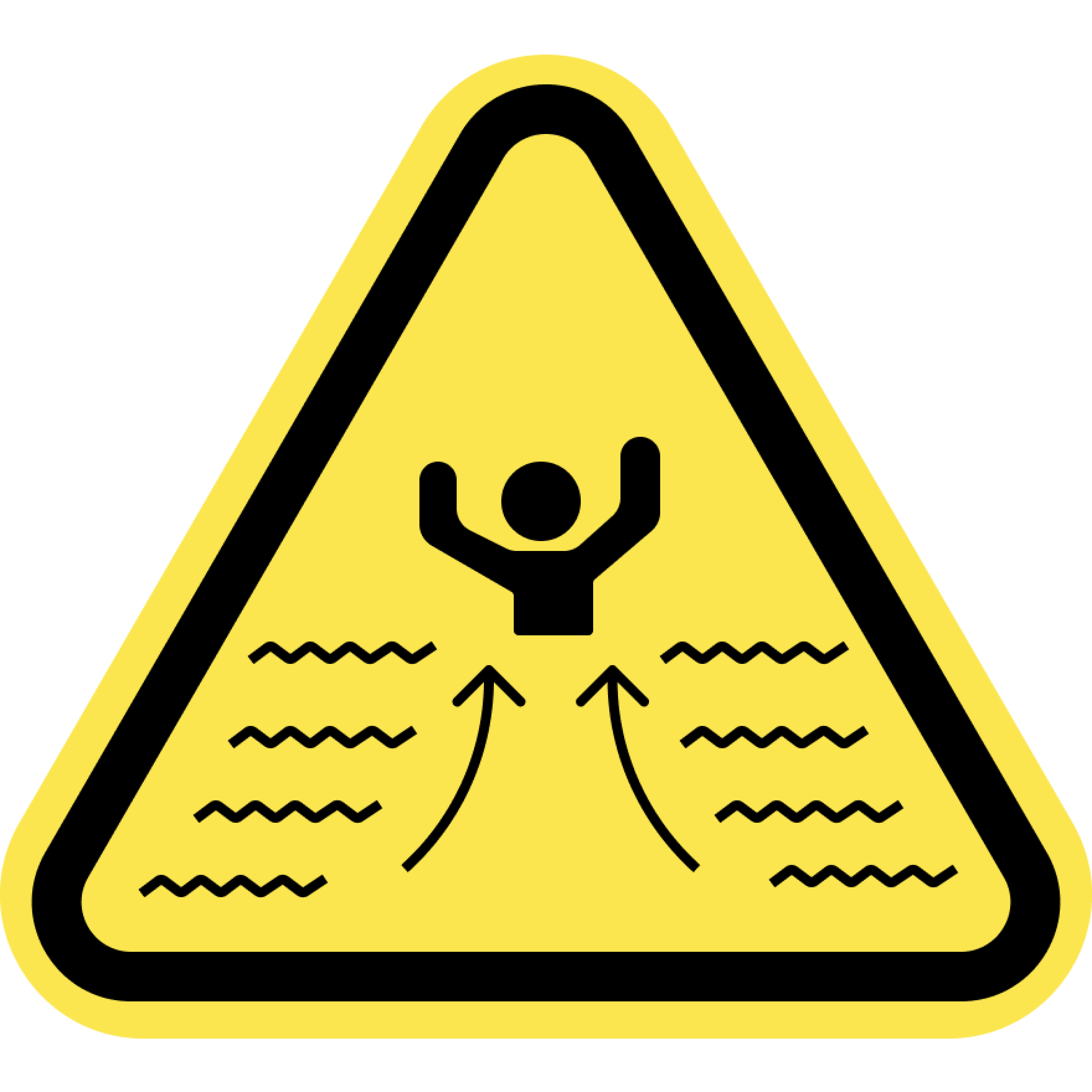
Strong Currents
Swim at your Own Risk
Beaches and oceans are dynamic natural environments. Crowd conditions, currents, waves, wild animals, and other water and beach conditions can rapidly change. The risks and conditions shown on this site are informational only and not always real-time. Actual conditions may differ. Lifeguards are not always on duty or available. Always remain aware of your surroundings and exercise due care for your own safety and the safety of others around you.
Always check for water warnings or check with a lifeguard before you swim.



